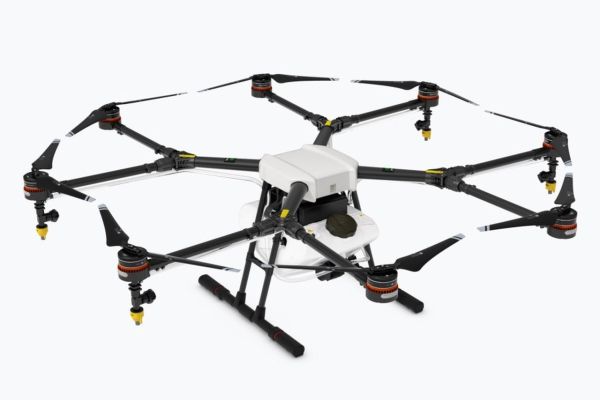DJI made its name building high-end consumer drones, but its latest model shows where the future may lie for the Shenzhen-based company and its competitors.
An eight-rotor drone, the Agras MG-1 is supposed to provide a safer alternative to current methods for spraying crops, including small planes, vehicles, and handheld sprayers that dispense chemicals from backpacks.
DJI says that each drone can cover about seven to 10 acres of farmland in an hour.
The Wall Street Journal reports that the Agras MG-1 will be priced at about $15,000 each and sold in China and South Korea first, before taking pre-orders from other countries. DJI raised $75 million from Accel earlier this year to build an ecosystem for drone software developers focusing on different industries. Two of its rivals, Yuneec and EHANG, also scored large rounds ($60 million and $42 million, respectively), to develop their drones for commercial use.
Unless you are a farmer or really hate bugs, the Agras MG-1 might not seem particularly exciting, especially when compared to all the other potential industrial uses for drones such as aerial photography or e-commerce deliveries. Agriculture, however, is expected to become one of the biggest verticals for drones.
According to the Association for Unmanned Vehicle Systems International, agriculture drones could eventually account for 80 percent of the total commercial drone market. Models that spray pesticide, like the Agras MG-1, are just one example of how drones can help farmers predict and control the outcome of crops. For example, drones equipped with high-resolution cameras can monitor plants for signs of disease or drought.
For the market to take off, however, companies need to find a way to make their drones attractive to farmers, who are facing increasingly tight margins. While the Agras MG-1 reduces the amount of time workers are exposed to chemicals, its covers less ground and is more expensive than current methods for spraying pesticides.
